Publication: Communication for Promoting Healthy Behaviors and Well-Being among the Elderly in Thailand: A Mixed Methods Study
1
0
Issued Date
2025-06-01
Resource Type
ISSN
10873244
eISSN
19457359
Scopus ID
2-s2.0-105013338151
Journal Title
American Journal of Health Behavior
Volume
49
Issue
3
Start Page
284
End Page
301
Rights Holder(s)
SCOPUS
Bibliographic Citation
American Journal of Health Behavior Vol.49 No.3 (2025) , 284-301
Suggested Citation
Sakdapat N., Yuangngoen P., Ngamcharoen P. Communication for Promoting Healthy Behaviors and Well-Being among the Elderly in Thailand: A Mixed Methods Study. American Journal of Health Behavior Vol.49 No.3 (2025) , 284-301. 301. doi:10.5993/AJHB.49.3.4 Retrieved from: https://hdl.handle.net/20.500.14740/50348
Author(s)
Author's Affiliation
Corresponding Author(s)
Other Contributor(s)
Abstract
Objectives: This study seeks to provide a complete communication model that integrates the SMCR communication theory with the Health Communication Model, utilising the Interactionism Model as the foundational framework. It investigates causal correlations among factors and corroborates findings through a subsequent qualitative phase to improve communication techniques that promote healthy behaviours and well-being. Methods: A mixed methods approach employing an explanatory sequential design was utilised. Phase 1 was a quantitative investigation with 800 elderly volunteers (mean age = 68 years and 9 months) selected by stratified quota sampling. Data were gathered utilising 13 validated questionnaires (6-point rating scale; overall reliability = 0.755). Phase 2 employed a phenomenological methodology involving 18 people, aged 60 to 80, selected by purposive and snowball sampling techniques. Data were collected via focus groups and comprehensive interviews to investigate communication obstacles and guide strategic development. Results: Quantitative results corroborated all five theories. The model fit indices were acceptable: χ² = 98.623, df = 49, p = 0.013, RMSEA = 0.037, CFI = 0.986, TLI = 0.985, SRMR = 0.052. Principal factors encompassed communication for health literacy (β = 0.804), quality of life (β = 0.843), psychological resilience (β = 0.709), information exposure (β = 0.743), and health literacy (β = 0.832). 2) Qualitative findings indicated: (a) urban elderly individuals possessed superior access to health information owing to familial support, educational background, and media exposure; (b) intricate content and digital access impediments obstructed engagement; (c) peer communication was regarded as reliable; (d) simplicity and usability were favoured in technological applications; and (e) communication tools that enhance familial interaction were greatly esteemed. Conclusions: The study advocates for the improvement of health-oriented media literacy and the implementation of routine mental health evaluations every three months. Government assistance is crucial for the expansion of healthcare networks for the elderly. Eight strategic directions are recommended: 1) Age-appropriate language; 2) Diverse and accessible media; 3) Participatory communication; 4) Family and social involvement; 5) Behavior-driven activities; 6) Gradual technology integration; 7) Consistent follow-up; 8) Culturally sensitive messaging.
